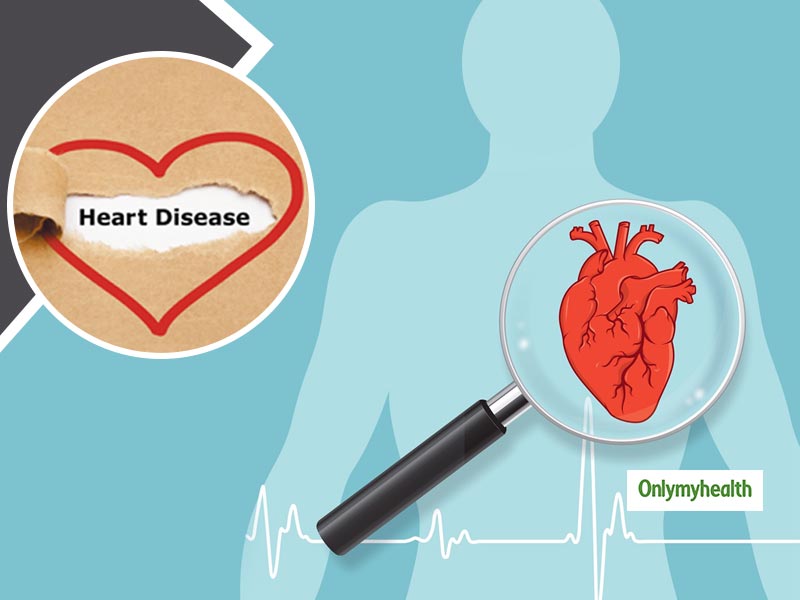
It is no brainer that several health conditions, your faulty lifestyle, age, and family history can raise your risk for heart disease. These are called risk factors. Some risk factors cannot be controlled, such as your age or family history. But you can use steps to decrease your chance by changing the factors you can control. What causes heart diseases? Eating a diet high in cholesterol, trans fat, and saturated fats can invite heart disease and other conditions such as atherosclerosis. Also, too much salt (sodium) can raise blood pressure. Not exercising every day can also lead to heart disease. Drinking excess alcohol can cause hypertension and put you at the risk of heart disease. Likewise, using tobacco can also be harmful to your heart.
Table of Content:-
Everything you need to know about the health conditions that put you at the risk of heart diseases
- Hypertension: It occurs when the pressure of the blood in your arteries and other blood vessels is too high. The high pressure, if not managed, can take a toll on your heart and other major organs of your body like your kidney and brain.
Also Read: All You Need To Know About A Heart Transplant From Cardiologist Dr Dora
- Uncontrolled cholesterol levels: Cholesterol can be described as a waxy, fat-like substance made by the liver or found in certain foods. The liver makes enough for your body’s needs, but we often get more cholesterol from the foods we eat. If more cholesterol is taken, than the body can use, the extra cholesterol can build up in the walls of the arteries, and in the heart. This causes narrowing of the arteries and decreases the blood flow to the heart, brain, kidneys, and other parts of the body.
Read on to know more about this…

- Ischemic heart disease also recognised as coronary artery disease happens to owe to the plaque build-up in the arteries of the heart. Generally, plaque constitutes atherosclerosis which is the hardening of the arteries due to the cholesterol build-up around the artery wall. Myocardial infarction (heart attack) occurs when one’s blood flow decreases or tends to stop to a part of the heart due to atherosclerosis leading to damages the heart muscle. The symptoms are chest pain (classically- substernal) shortness of breath, nausea, sudden dizziness, and cold sweats.
Also Read: Why Does Cardiac Arrest Happen? Explains Cardiologist Dr Dora In Detail
- Arrhythmia can be described as heart rhythm abnormality, which can become fatal. Slow heartbeat, chest pain, breathlessness, lightheadedness, and dizziness are the signs.
- Congenital heart defects are present by birth itself (heart valve and wall defects). The symptoms in a the newborn baby is feeding difficulties, low birth weight, bluish discolouration and troubled breathing.
- Heart infections occur when viruses, bacteria, or parasites enter your heart. The kinds of heart infections are an inflammation of the pericardium (pericarditis that tends to surround one’s heart, the fibrous sac). Myocarditis can be defined as an inflammation of the heart muscle (myocardium), and endocarditis is a contagion of the heart valve of the inner lining.
Conclusion: Cigarette smoking can damage the heart and blood vessels, which increases your risk for heart conditions such as atherosclerosis and heart attack.
(With inputs from Dr Narayan Gadkar, Consultant Cardiologist, Zen Multispeciality Hospital, Chembur)
Read more articles on Heart Health
How we keep this article up to date:
We work with experts and keep a close eye on the latest in health and wellness. Whenever there is a new research or helpful information, we update our articles with accurate and useful advice.
Current Version